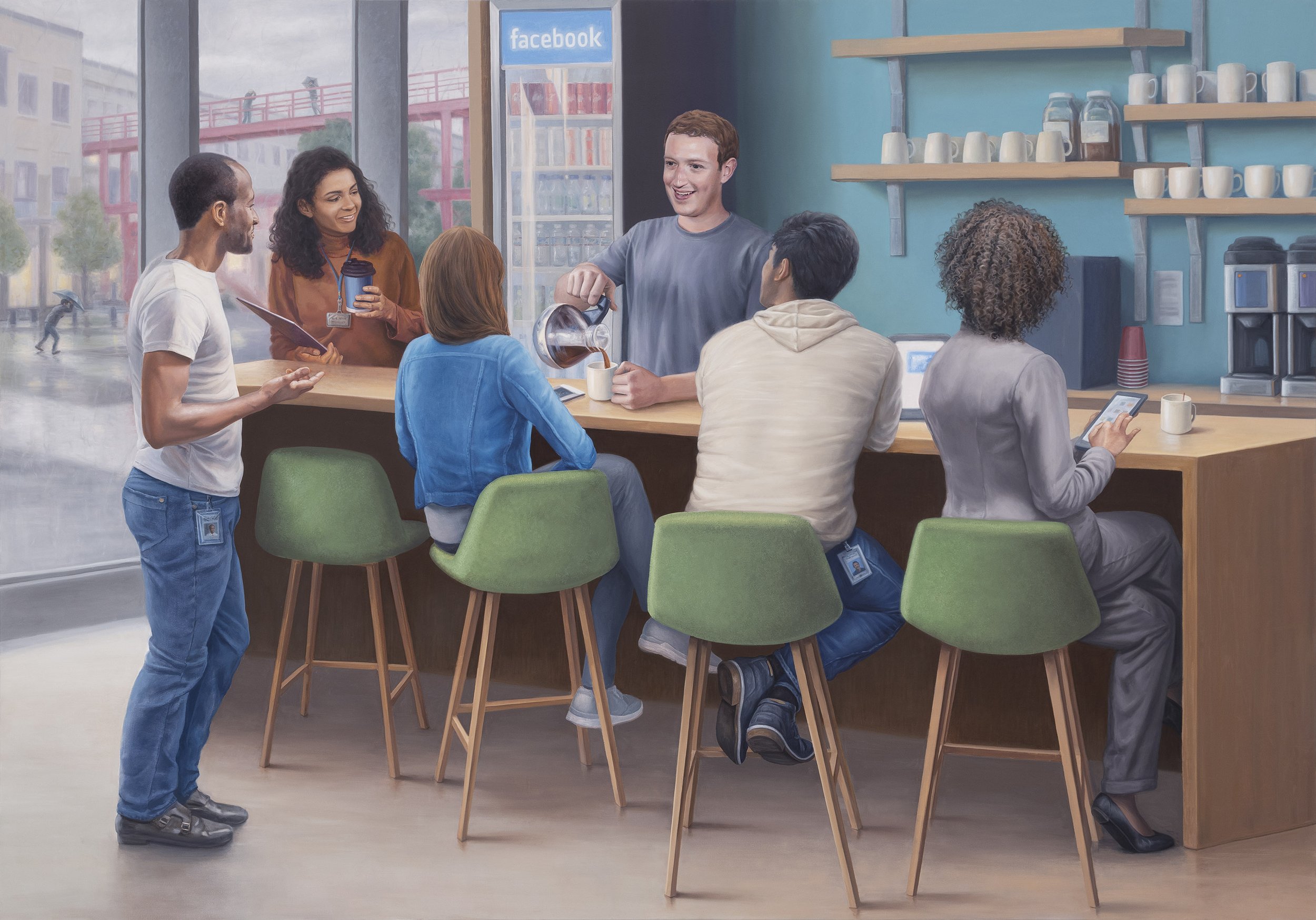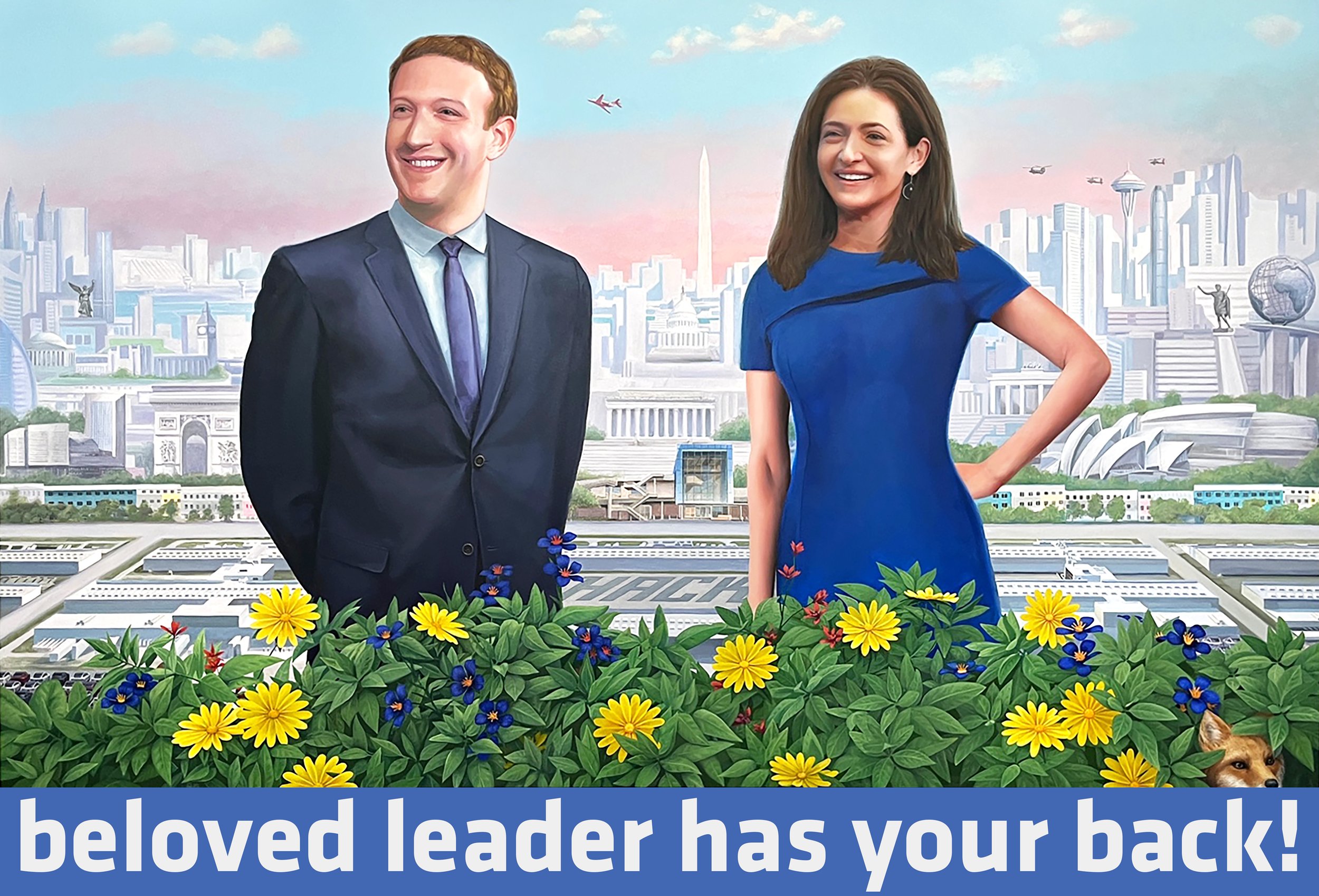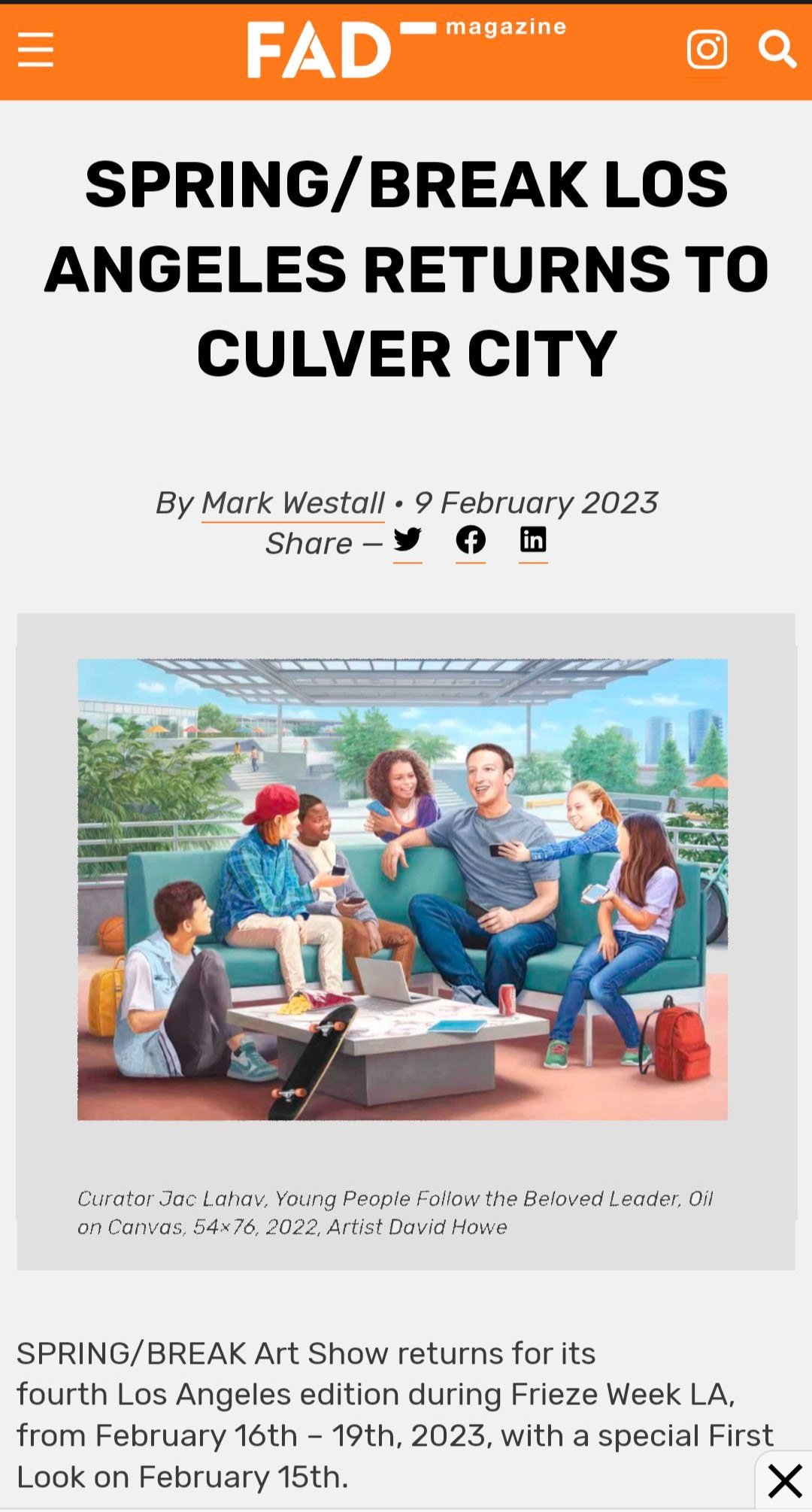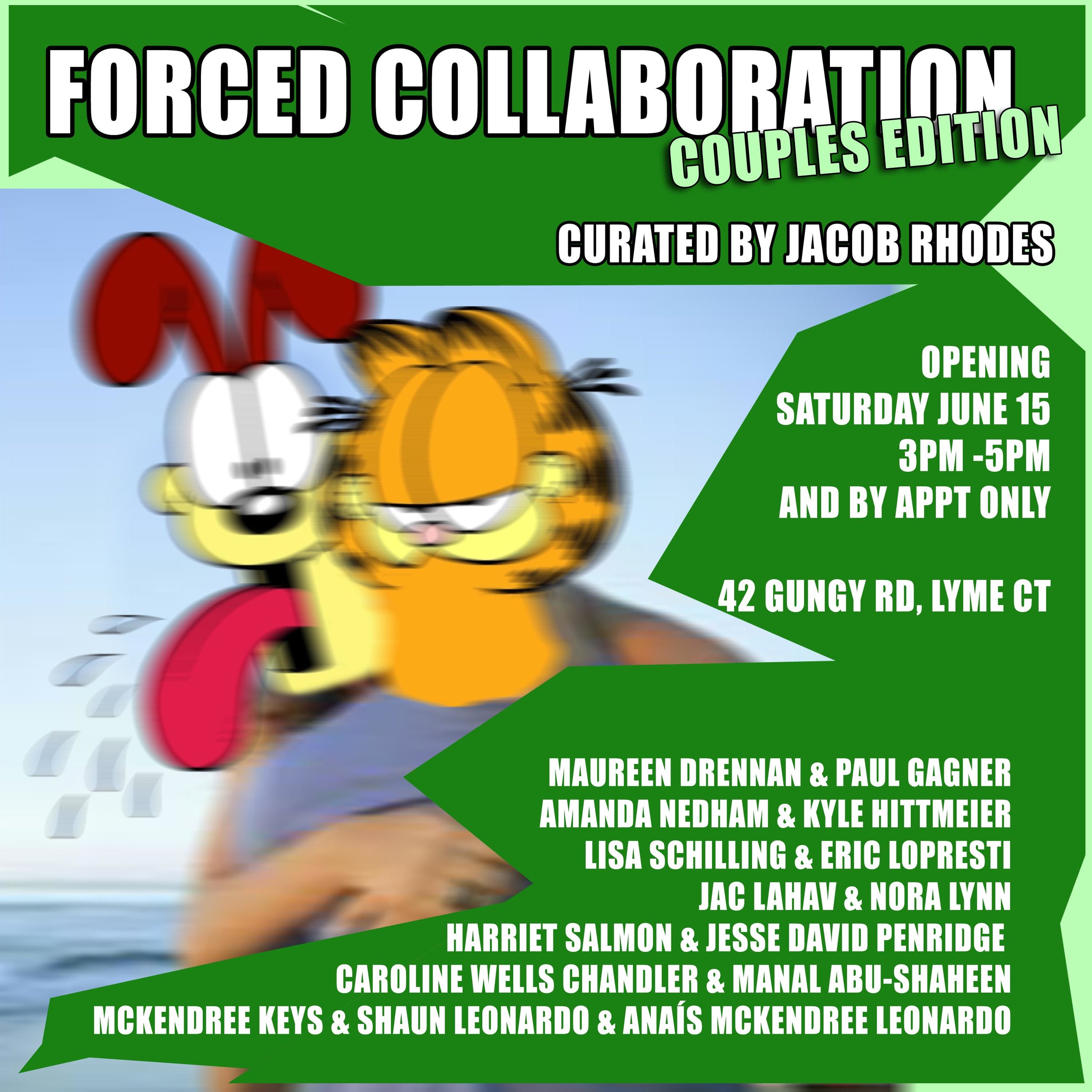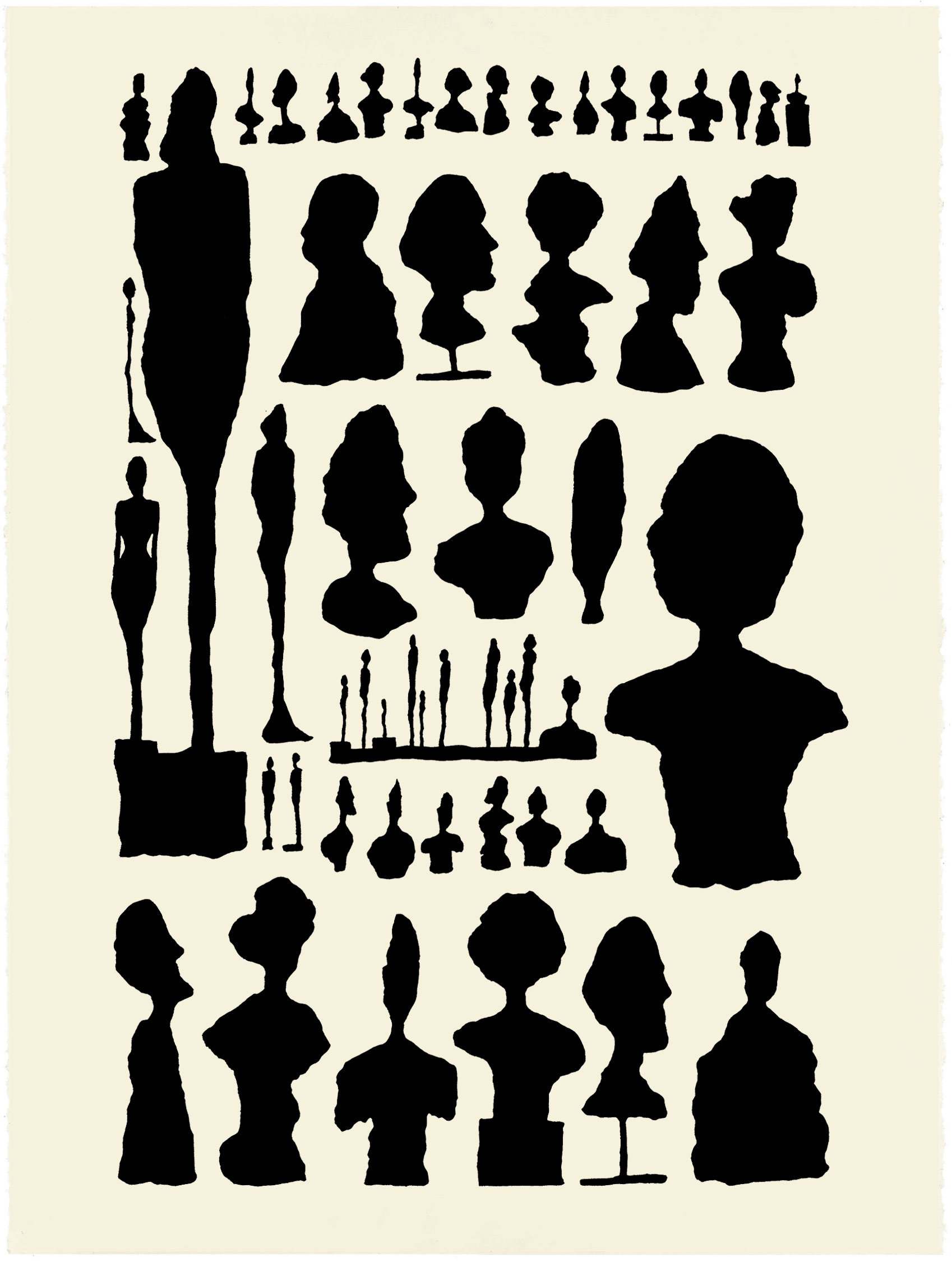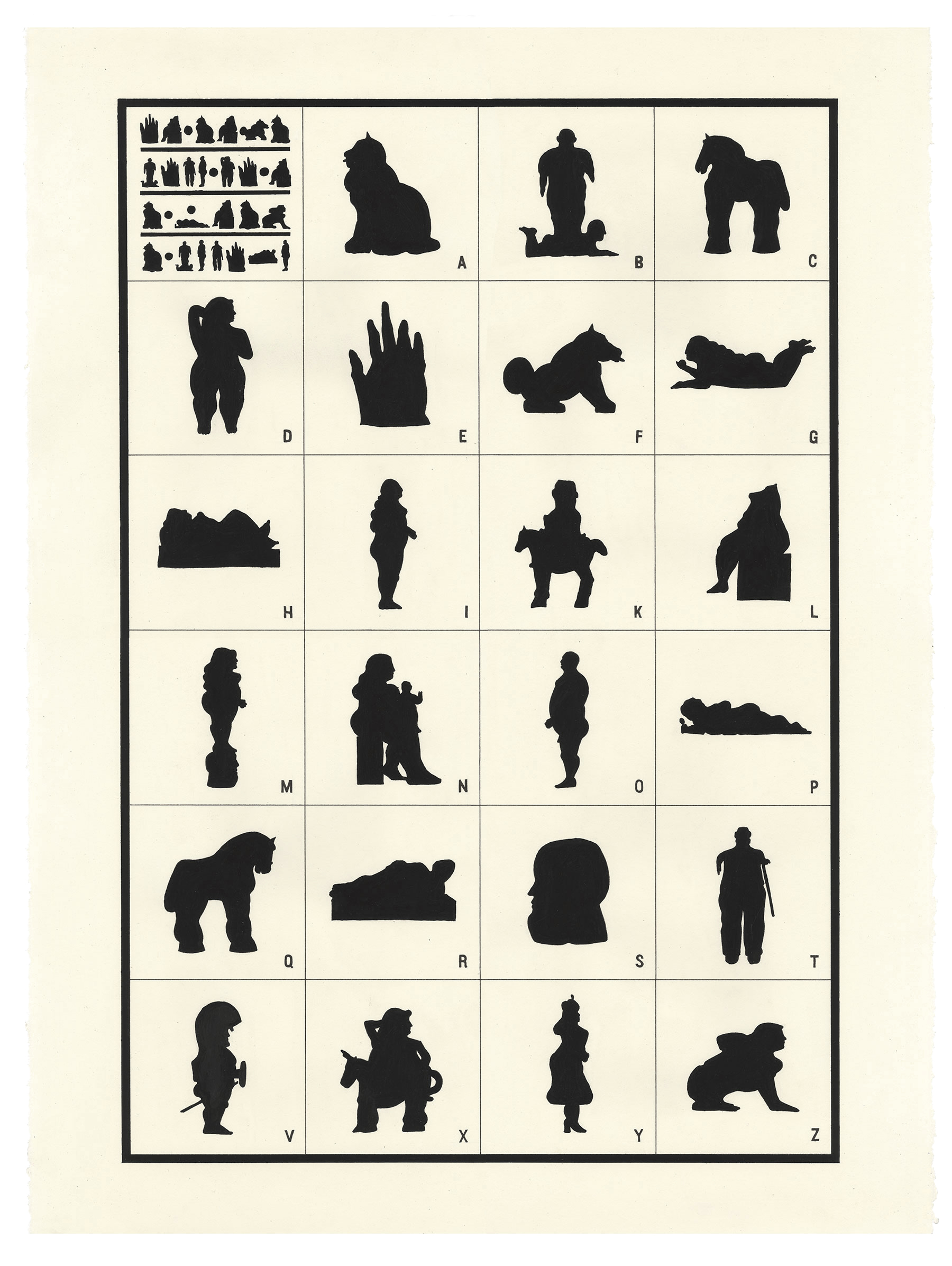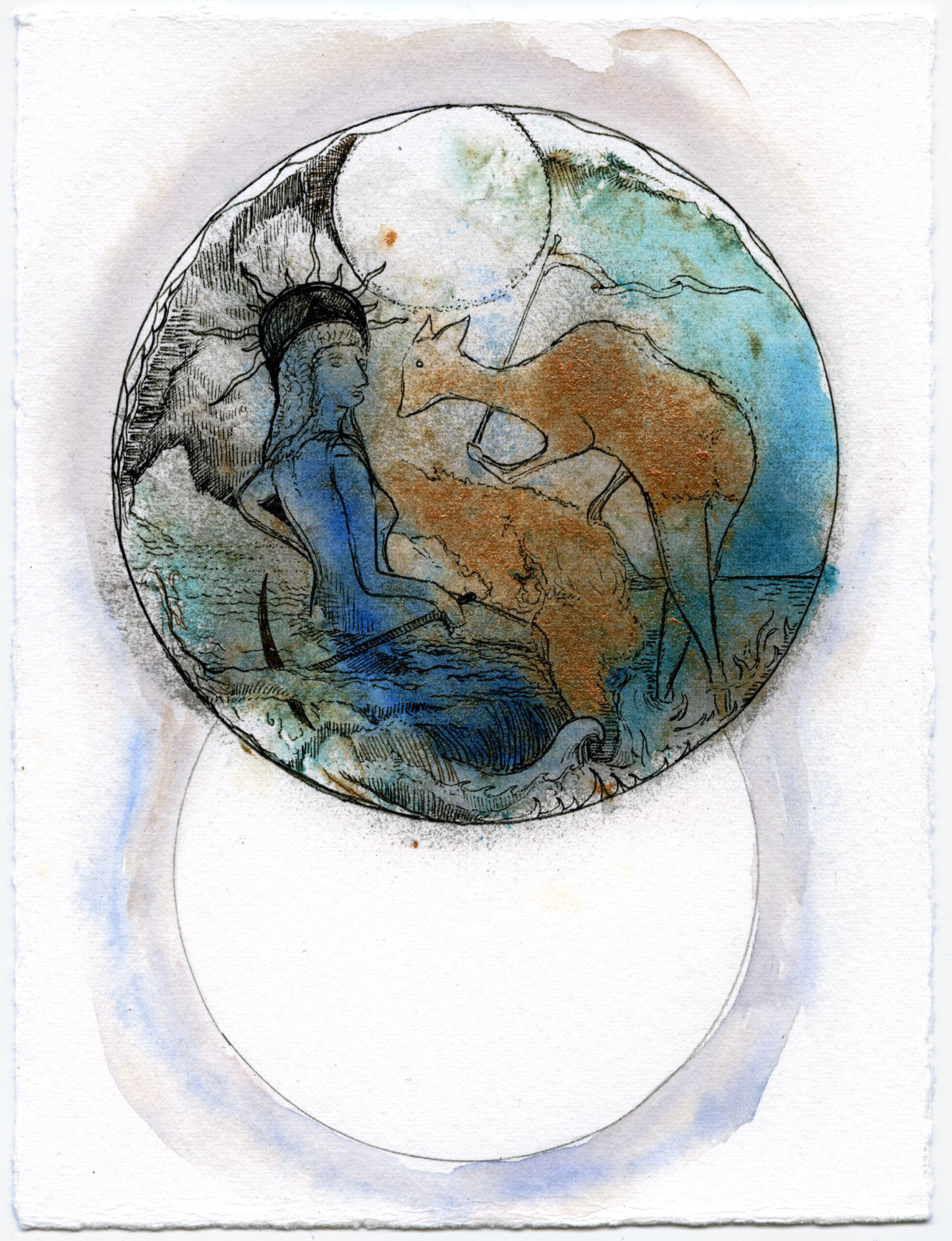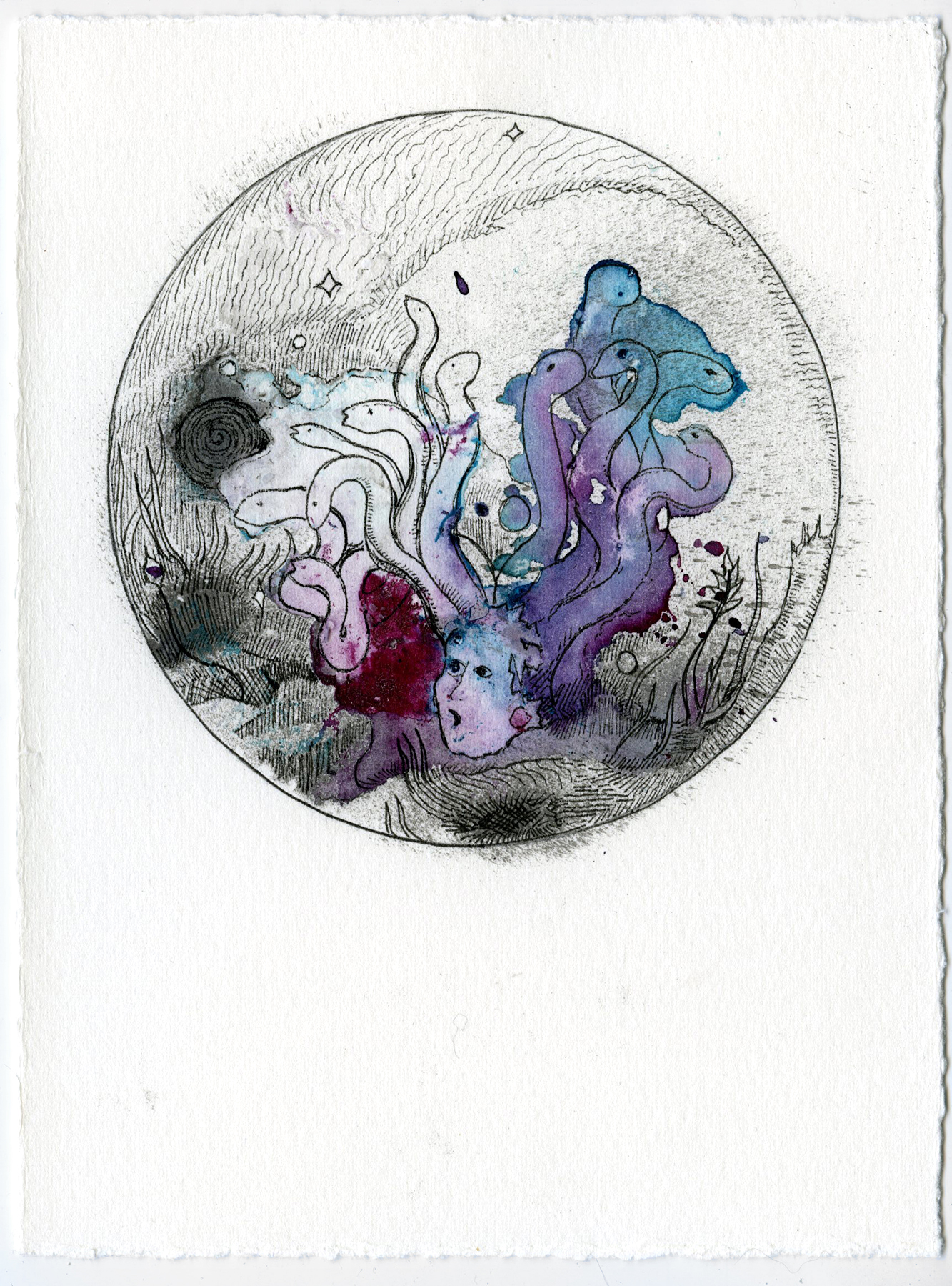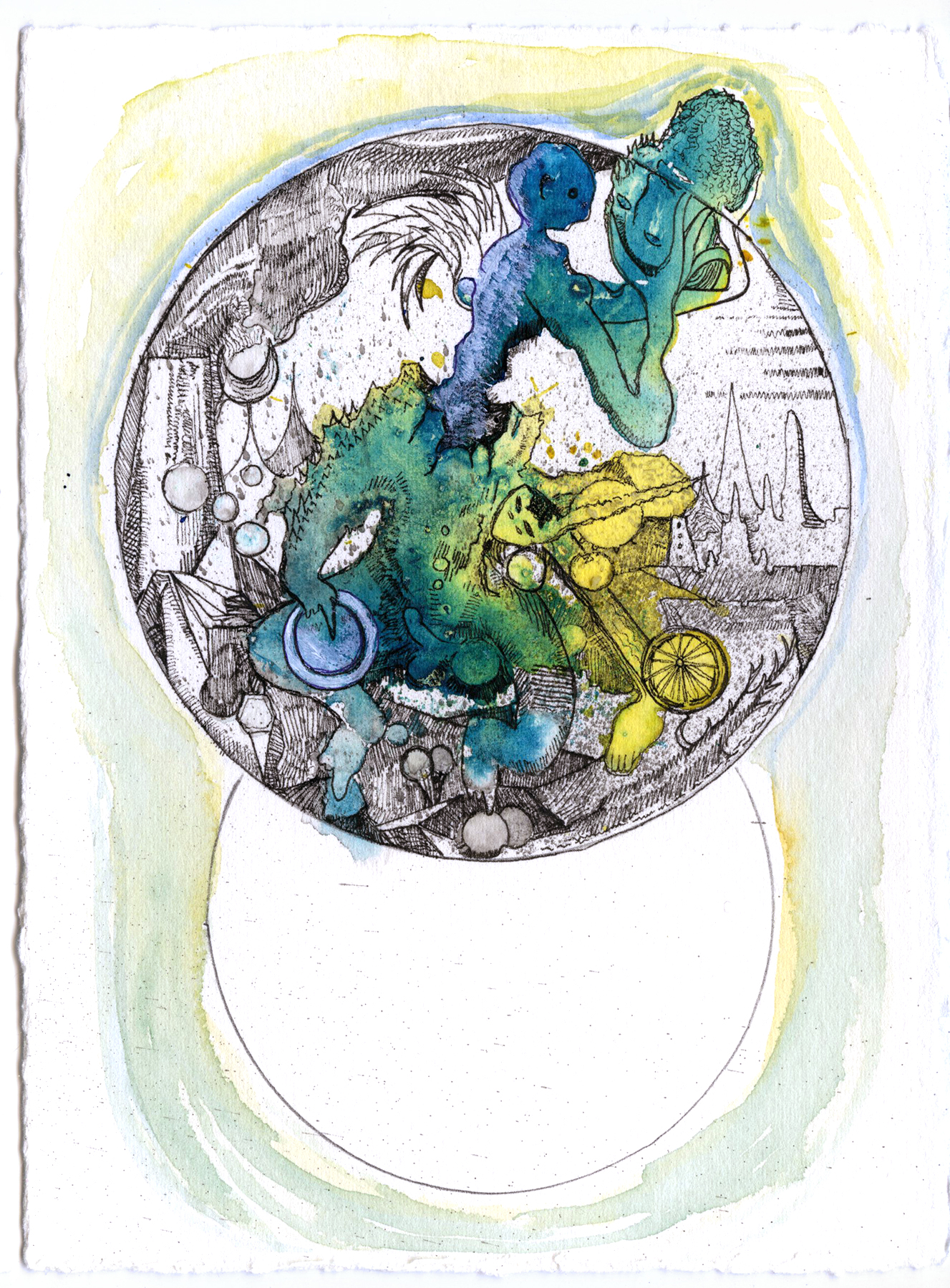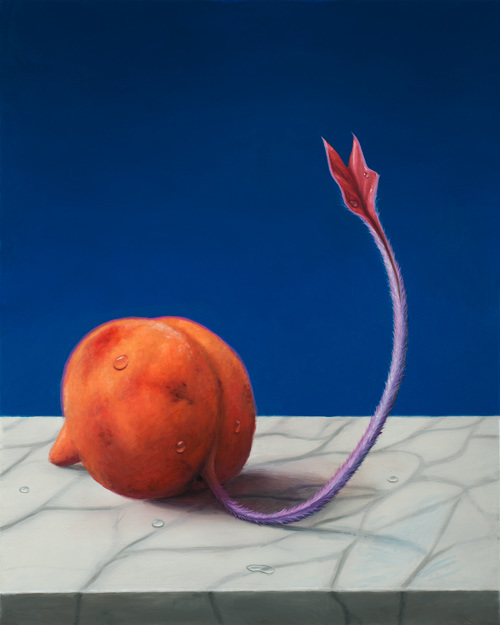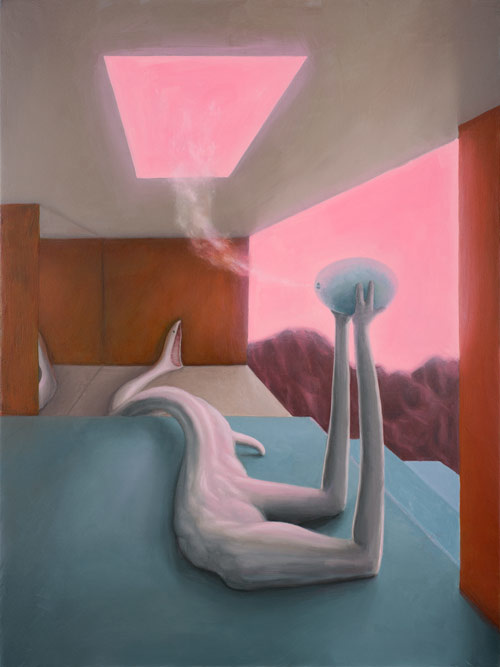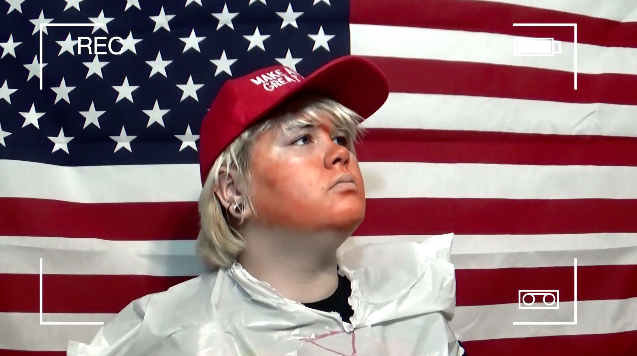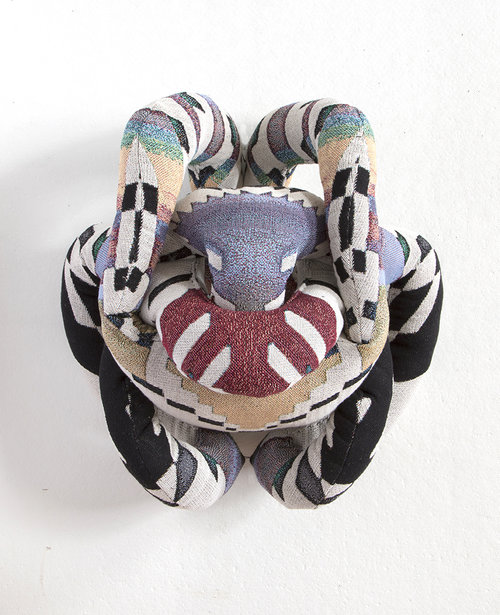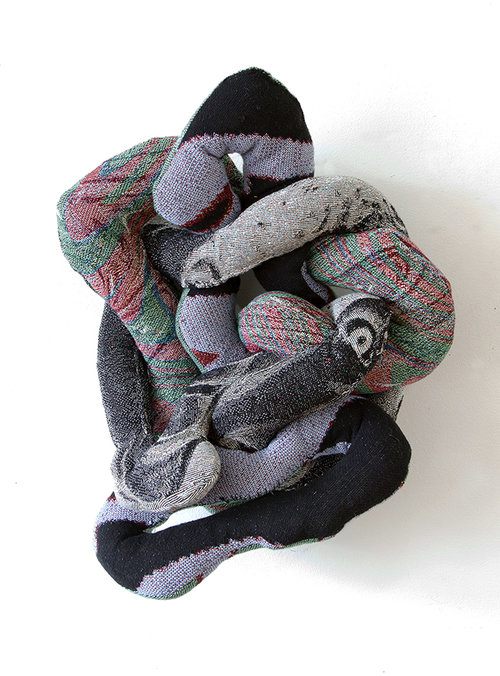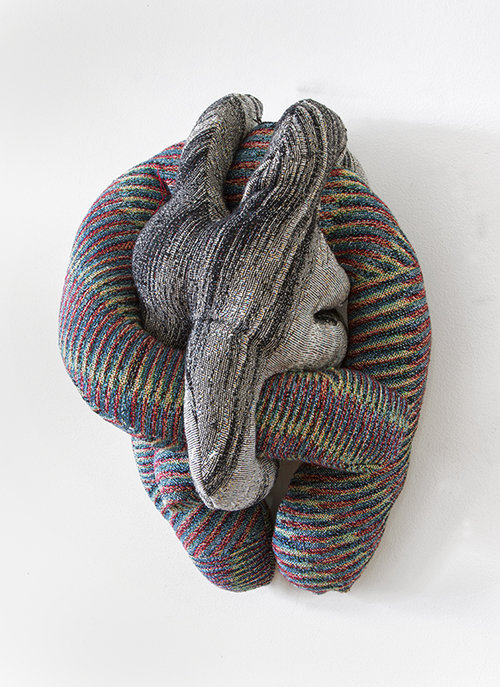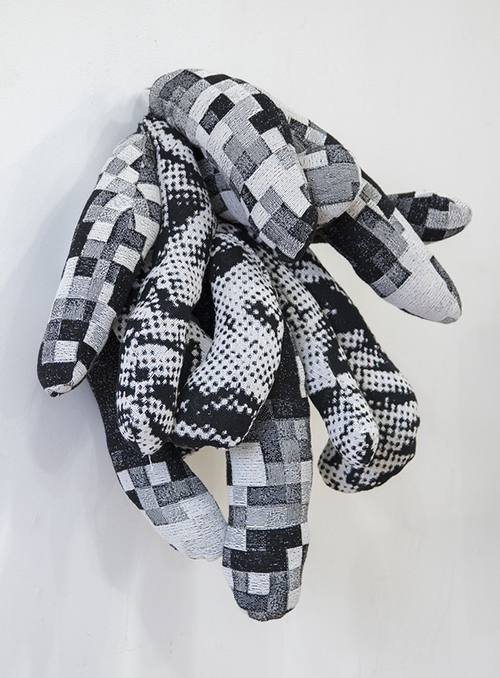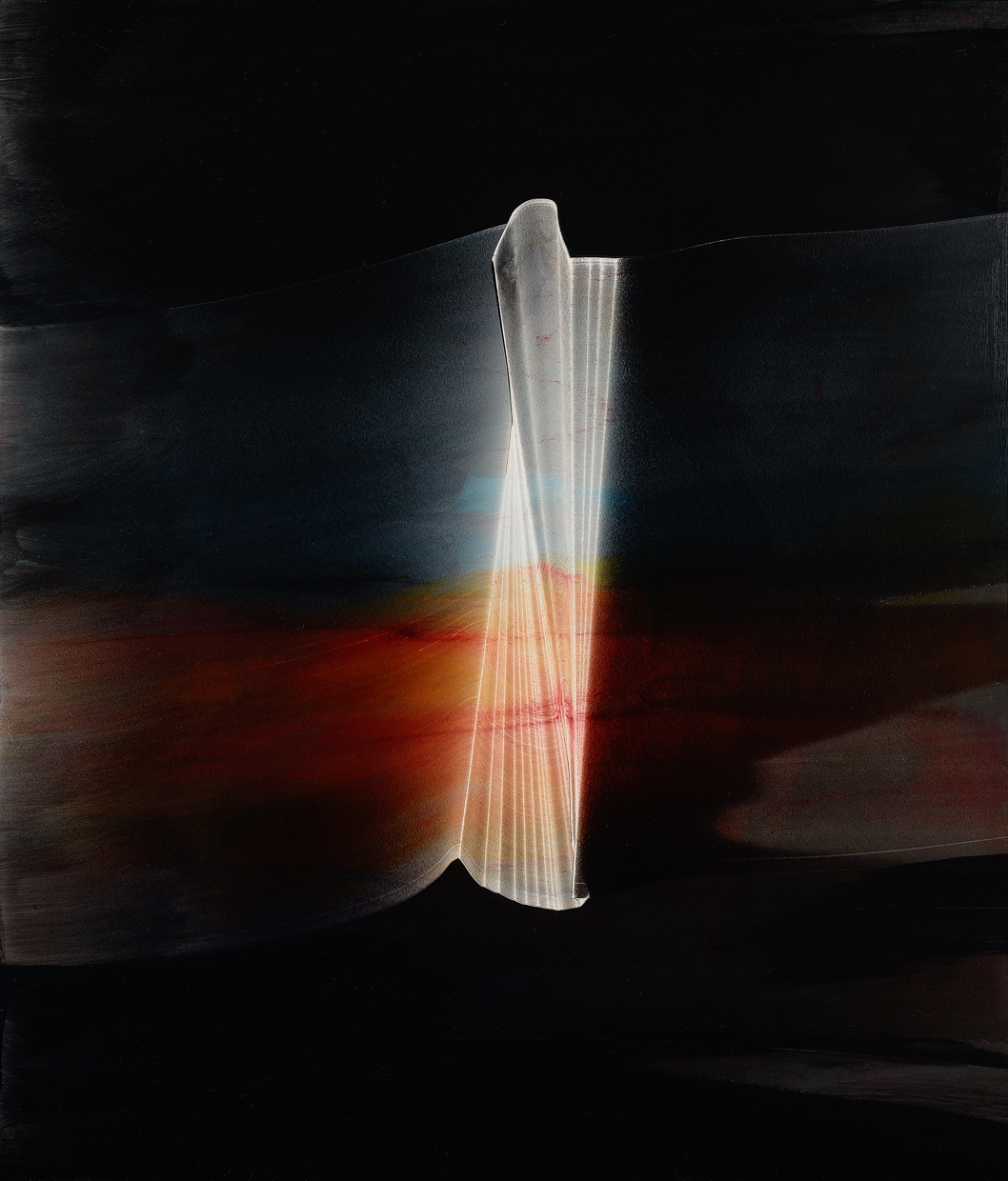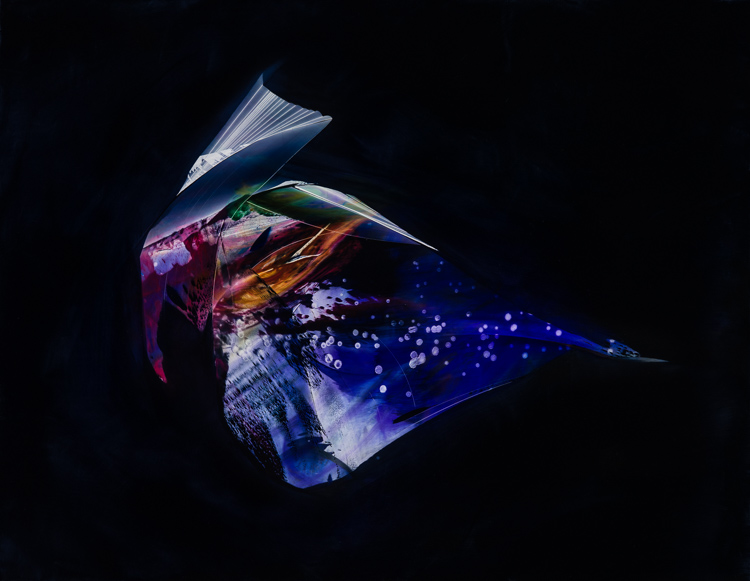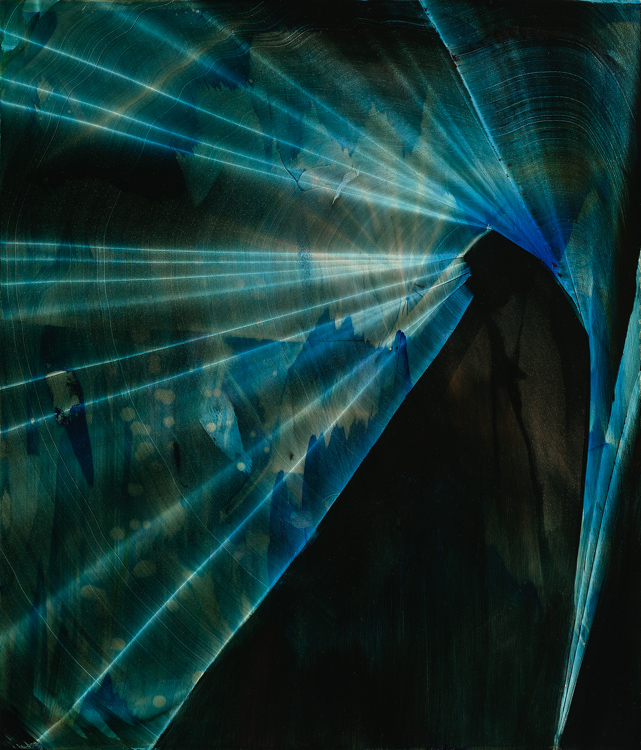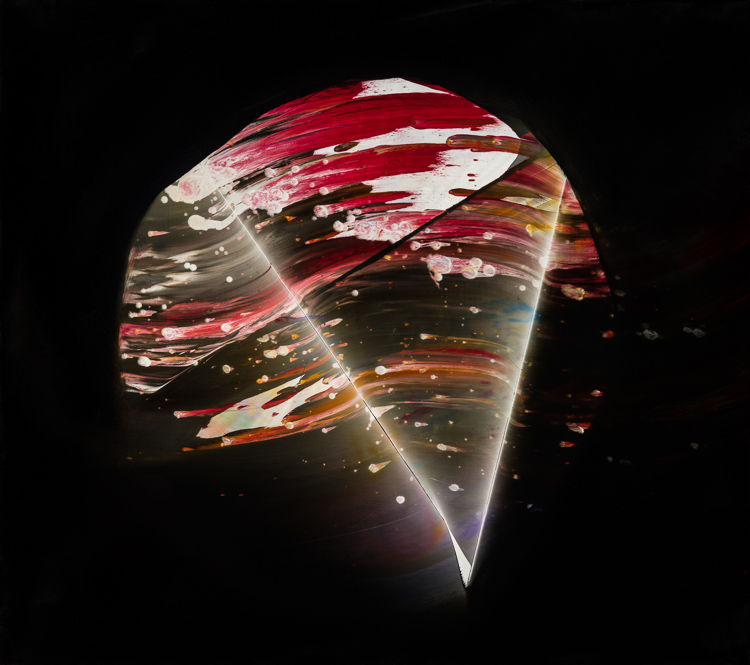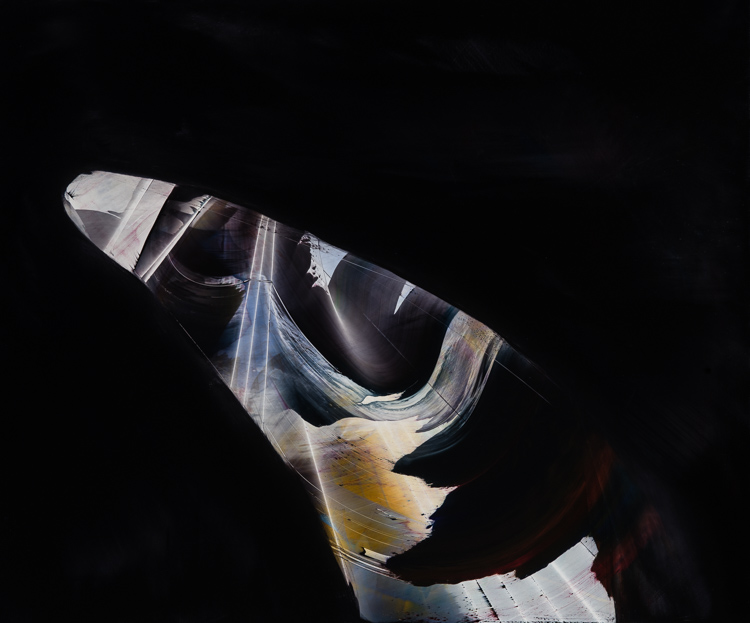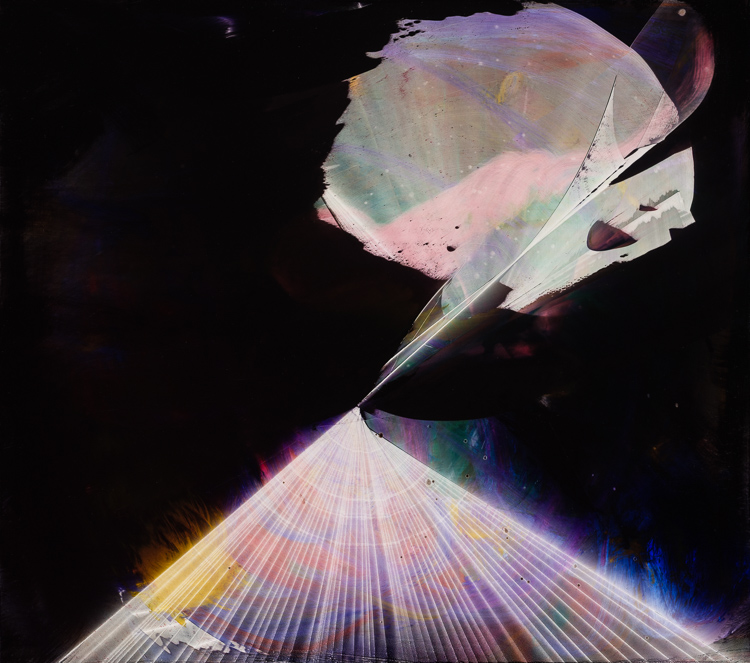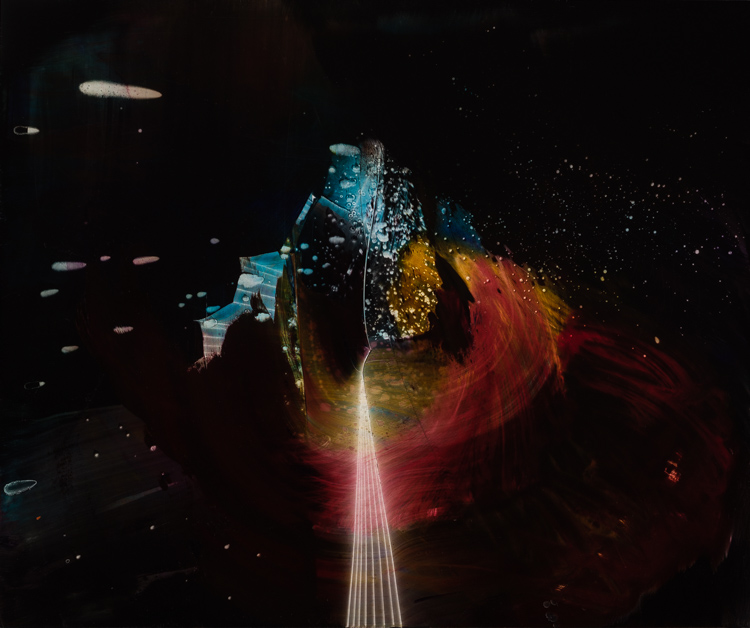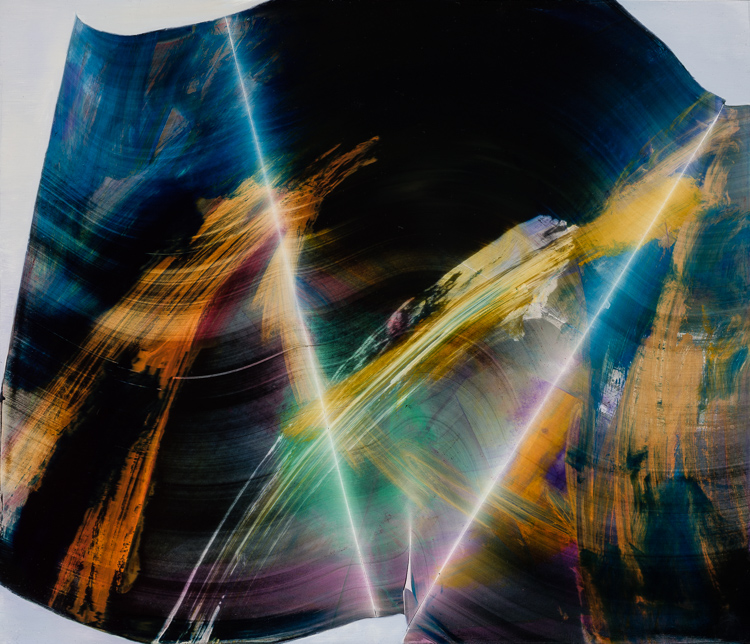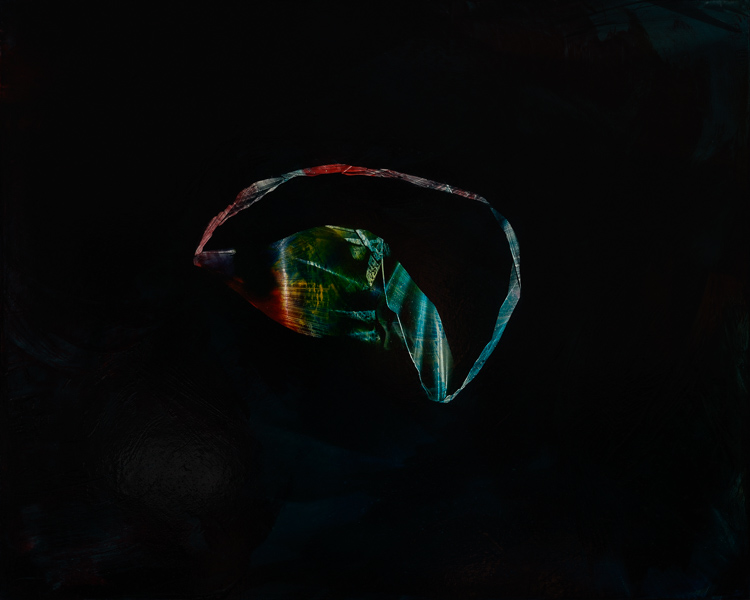SHORT ESSAY BY MAX RAZDOW:
Locus of Crossed Destinies
In 1969, Italo Calvino wrote The Castle of Crossed Destinies and The Tavern of Crossed Destinies by using tarot cards as generative agents for his tales. In these collections of stories, supernaturally silent travelers struggle to reveal the details of their journeys by selecting cards from two different renaissance decks. In the castle and tavern, where these travelers meet, tarot’s deeply layered and much studied images become illustrations to their untold tales, which the narrator unravels for the reader. Calvino wrote an epigraphic note at the books’ end where he remarks that he’d once planned to write a third location into his book, with more contemporary sets of archetypes perhaps sourced from comic strips rather than tarot cards:
“I thought of comic strips, of the most dramatic, adventurous, frightening ones: gangsters, terrified women, spacecraft, vamps, war in the air, mad scientists … The Motel of Crossed Destinies.”[i]
Calvino goes on to provide a scenario for his unwritten Motel. A catastrophe has occurred, and the travelers have gathered in a half-destroyed motel. Unable to speak, as was the case in his previous Crossed Destinies books, they resort to pointing at images in the comic sections of scorched newspapers in an attempt to convey to each other the horrors they’d witnessed outside. I am struck by the prescience of this scene, for this seems akin to our own experience in the highly mediated information age we find ourselves inhabiting, where we gesture at images presented on our screens to reflect our stories, and those of the world at large, to both friends and strangers.
In my own attempt at creating a set of archetypal drawings, with the interactive presentation of an oracle deck, I find myself grasping not at a way to consider the here and now, but rather an implicit utopia. The Mage Cards, which reach into a cloudy space of multivalent myth, contemporary folk tales, emotions, elementals and layers of poetics reframed as pantheons, seem to hint at a future in which we are again tightly bound to our own psychologies and aspects of nature, as the tarot manifests. In the Mage Cards, magical power is implicit, and the individual is assumed to be an empowered agent of magical will. While inclusive of both positive and negative forms of this magic, the set of liminal images’ general tilt seems opposed to a vision of antagonistic structures (i.e. war, technology) looming in Calvino’s unwritten Motel. Rather, in the Mage Cards, humanity wields artistry, wears costume and keeps one foot in liminal spaces where nature and creativity unite the mundane with the divine.
What, then, could be a better setting in which travelers may encounter these Mage Cards imagoes than a garden shed, such as that which forms the gallery walls of 42 Social Club? The shed is a place that is meant to keep tools, and to engage directly with the earth as gardener, farmer, bird watcher, animal feeder, wood cutter, mushroom hunter, etc. It’s a locus of interaction with nature. The eight organizing idioms of magic (which the Mage Cards use as their color wheel) are Gnosis, Order, Nature, Chaos, Numina, Tulpa, Apeiron and Techne – elemental monads of thought structuring and action that do not require or pay much heed to the futurological echoes of a rocket ship leaving our atmosphere, or the implicit hierarchies of man. The usage of Mage Cards requires quiet and insight, and gathering to meet them in the shed, as Calvino’s travelers may have, would be appropriate. There, observers might find words by the tongues of the cards, seeking labyrinthine ways of being before taking places by the ancient, surrounding trees.
-Max Razdow, 2019
[i] P. 128, Italo Calvino, The Castle of Crossed Destinies, Harcourt Brace Jovanovich, New York and London, 1969.

